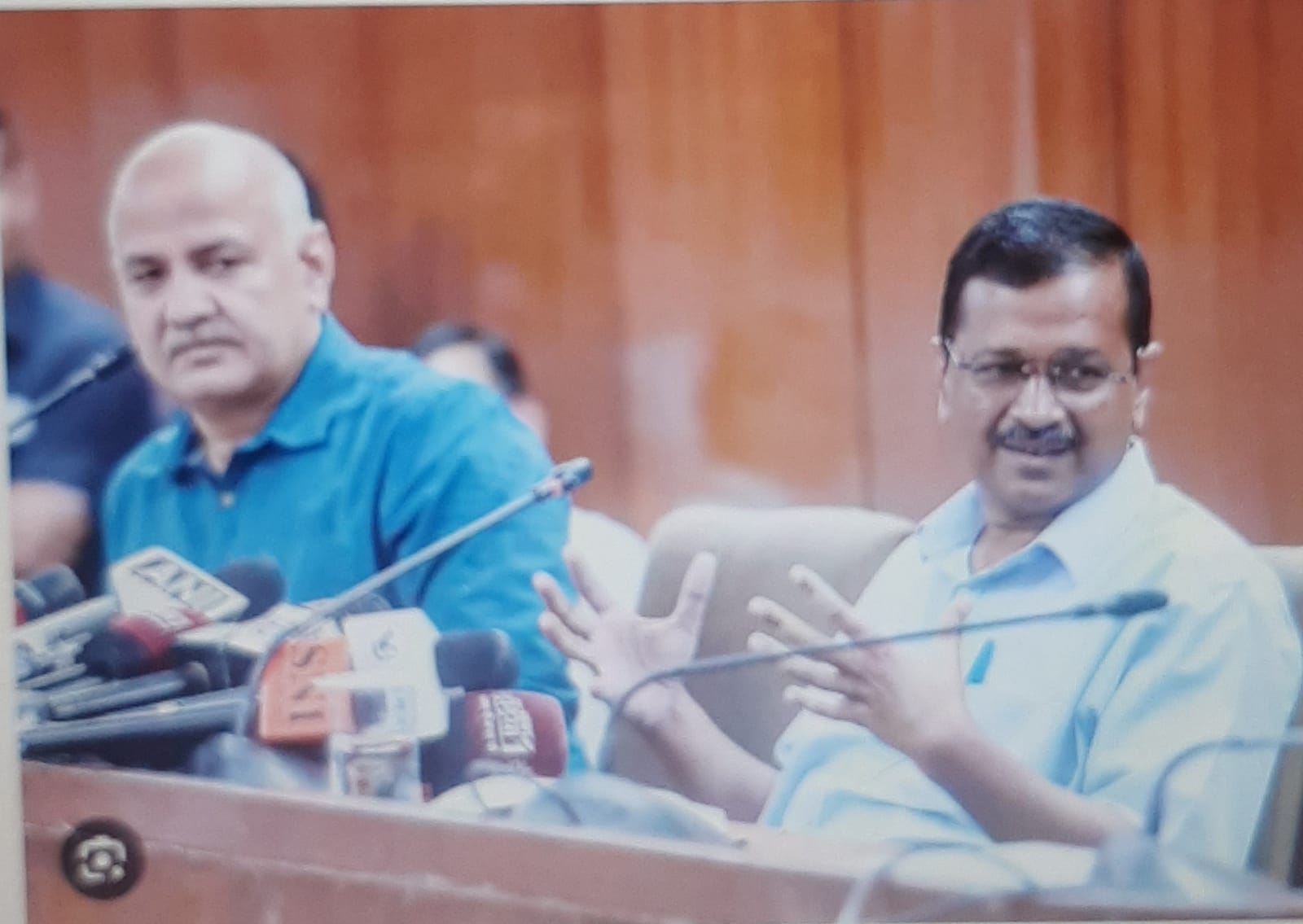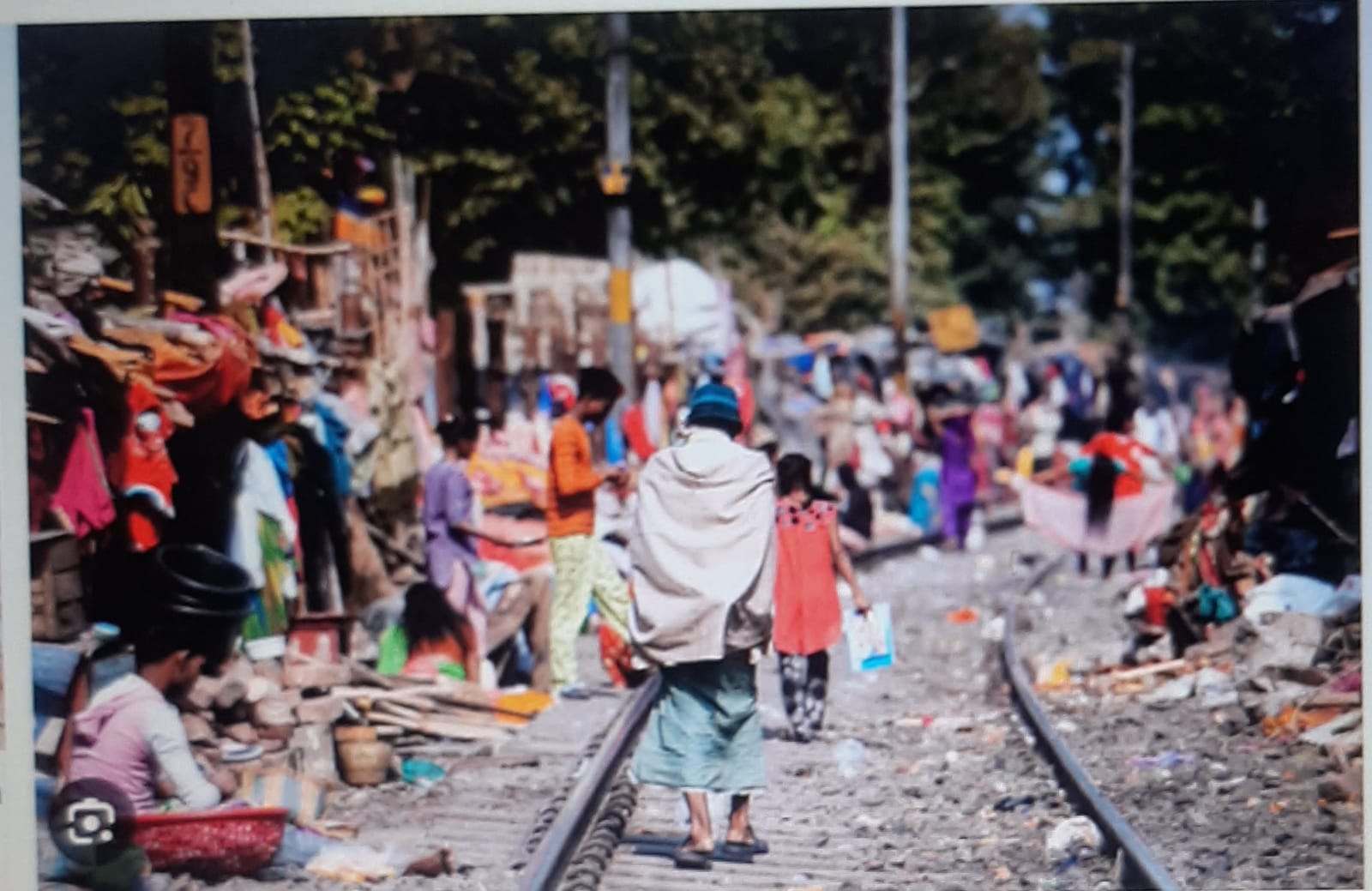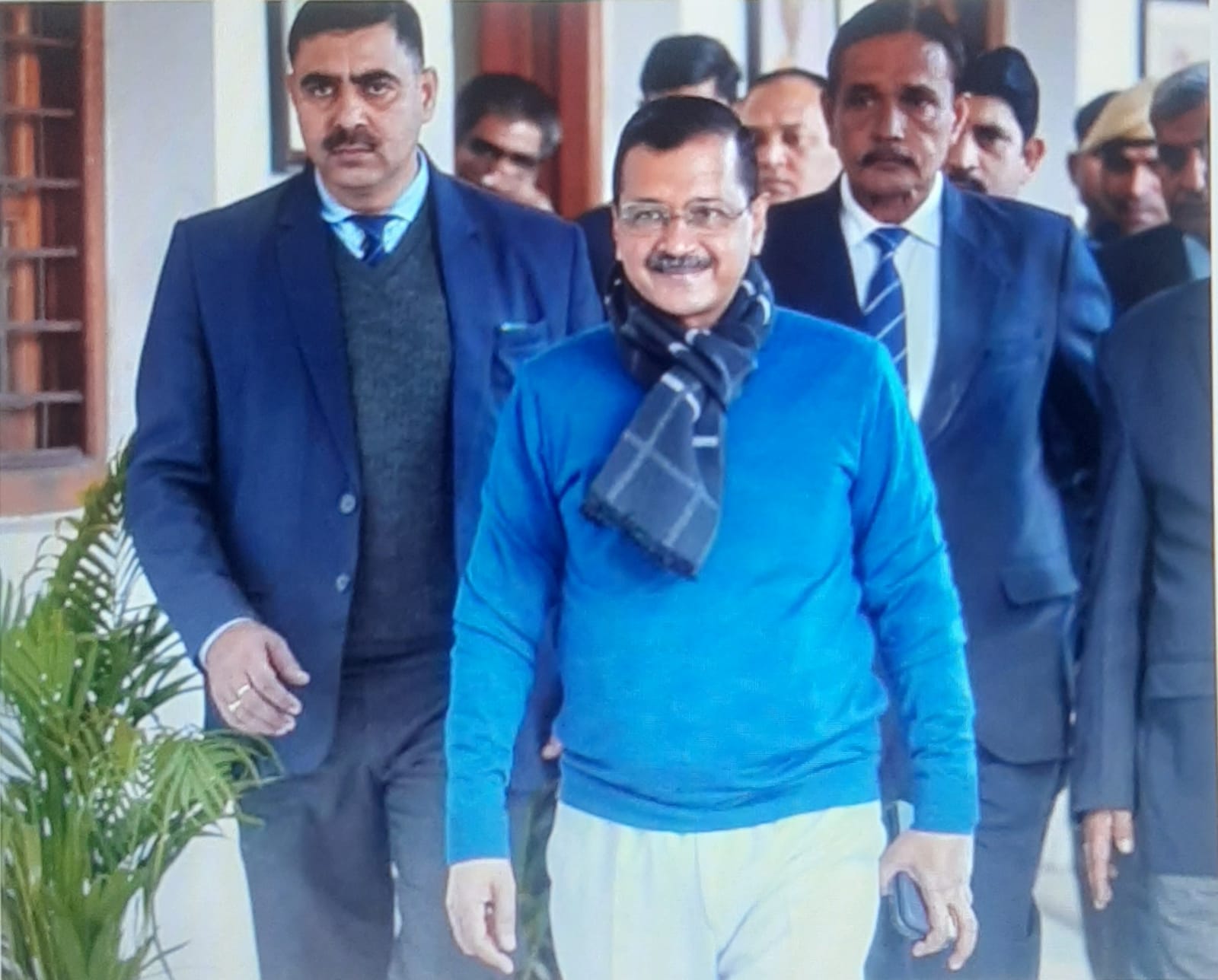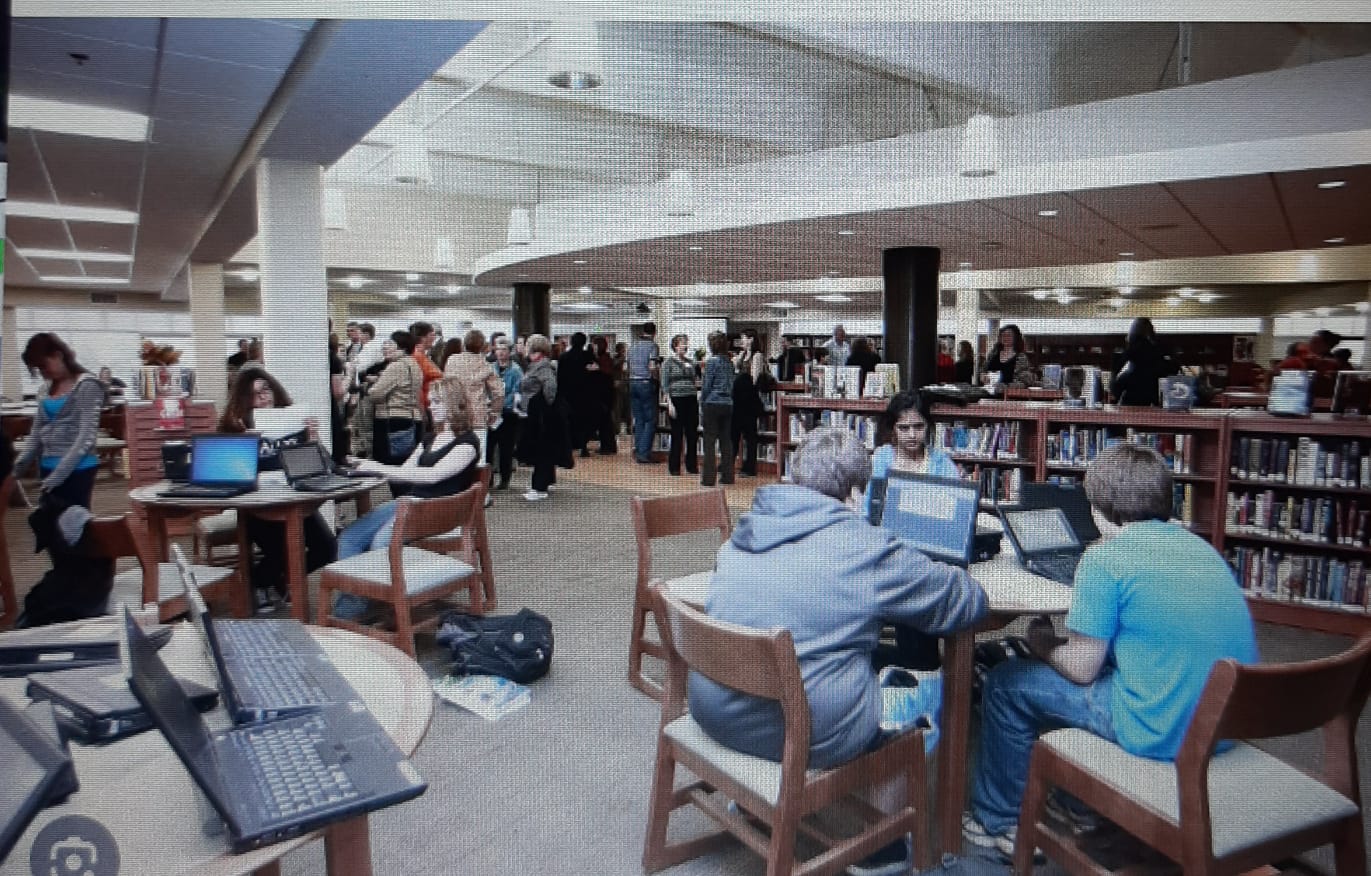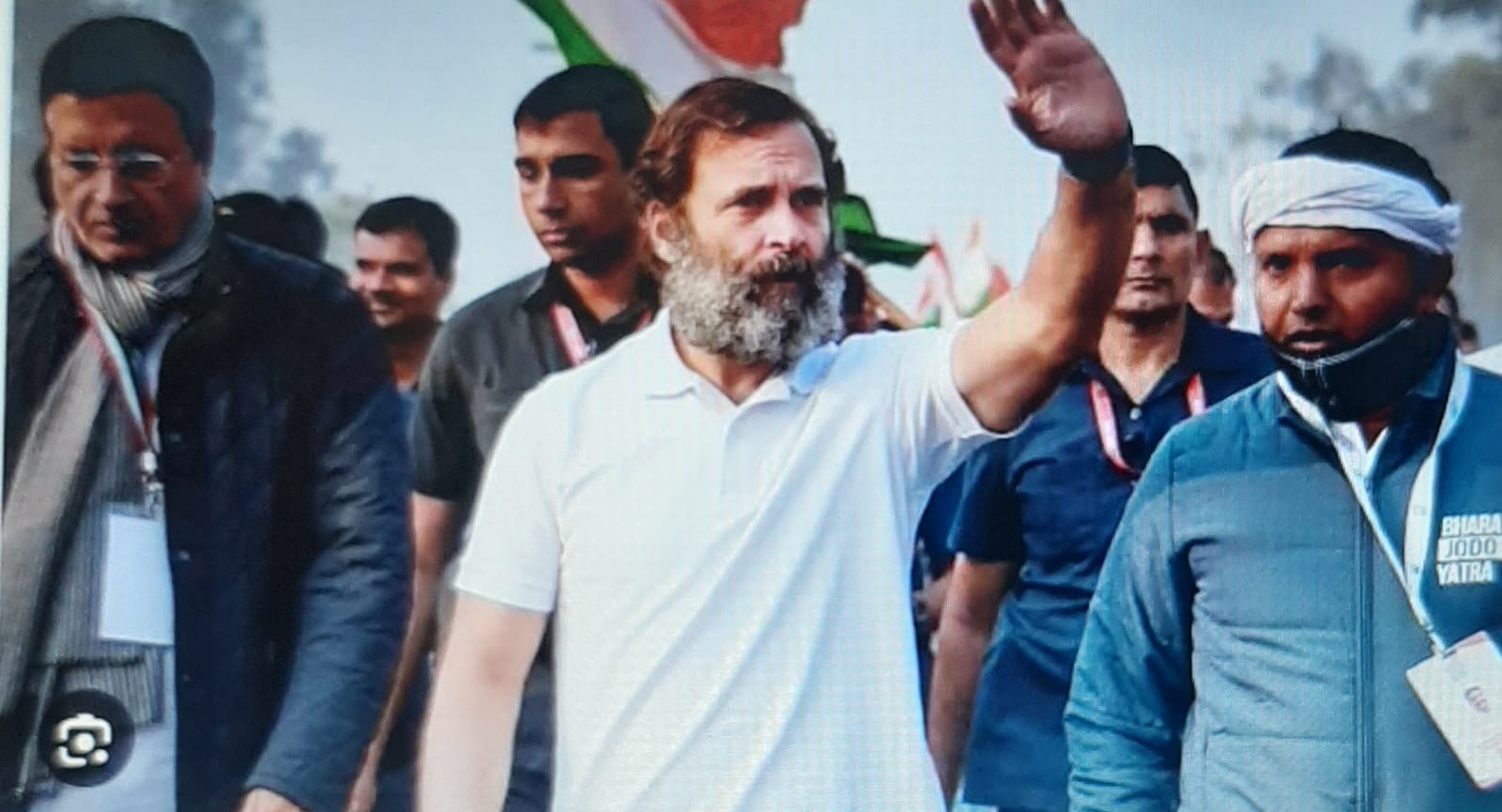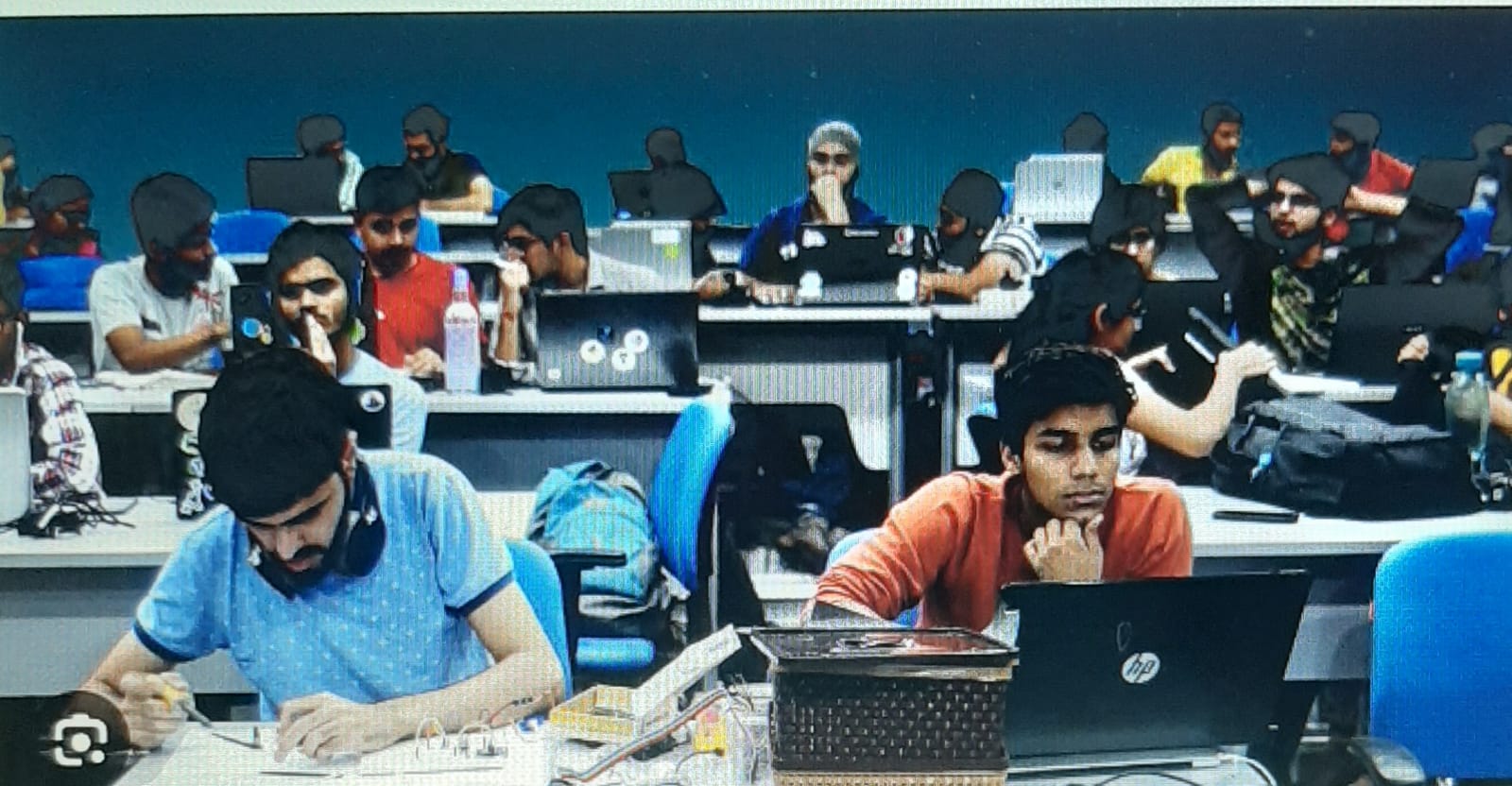
New Delhi, May 12 (DN&V): Prime Minister Narendra Modi has warned against the spread of the pandemic to India’s villages and while the most obvious reason is the lack of adequate healthcare facilities in the villages, there are other concerns as well.
Several lakh migrant workers have either left cities for their native villages or are on the way back home. All of them are supposed to be tested before being put on trains or before entering their state but given their sheer numbers, are slipping through the cracks. Bihar, with a comparatively limited testing capacity, recorded the largest single-day spike with 85 fresh positive cases and sixth deaths on Sunday. Almost all new cases are those who had returned to the state by special trains from Delhi, Gujarat, Maharashtra and other states last week.

Saving the elderly: Given that 48% of the population in India’s 6 largest metros — Delhi, Mumbai, Kolkata, Chennai, Hyderabad and Bengaluru — comprises of migrants, a mass exodus, of the kind seen during the lockdown, puts at risk India’s elderly population, 71% of whom reside in its villages. This is the same segment that’s at a greater risk of not just contracting Covid-19 but also succumbing to it — 75.3% of the deaths due to the pandemic were those aged 60 years and above.
Saving the weak: Also, while the prevalence of heart disease is higher in urban India than in rural — at close to double — in terms of absolute numbers, rural India outweighs the urban. According to a study published in the Lancet in 2018, more Indians in rural areas are dying of coronary heart disease and other cardiovascular diseases — defined as co-morbidities that make recovery from Covid-19 extremely unlikely. India is facing a shortfall of 22% in the number of primary health centres (PHC) and 30% in the number of community health centres (CHC) — the first points of contact for India’s rural populace to avail of healthcare facilities. The highest shortfall is in the states of West Bengal, Uttar Pradesh, Bihar, Jharkhand, Rajasthan and Madhya Pradesh — which also happen to be the chief ‘supplier states’ for migrant labour across India. According to this Mint report, only 11% of sub-centres, 13% PHCs and 16% CHCs meet the Indian Public Health Standards. 60% of PHCs have just one doctor while 5% have not even that, according to the Economic Survey 2018-19 — meaning, that should there be an outbreak of Covid-19 in rural India, it may well be impossible to contain it.


